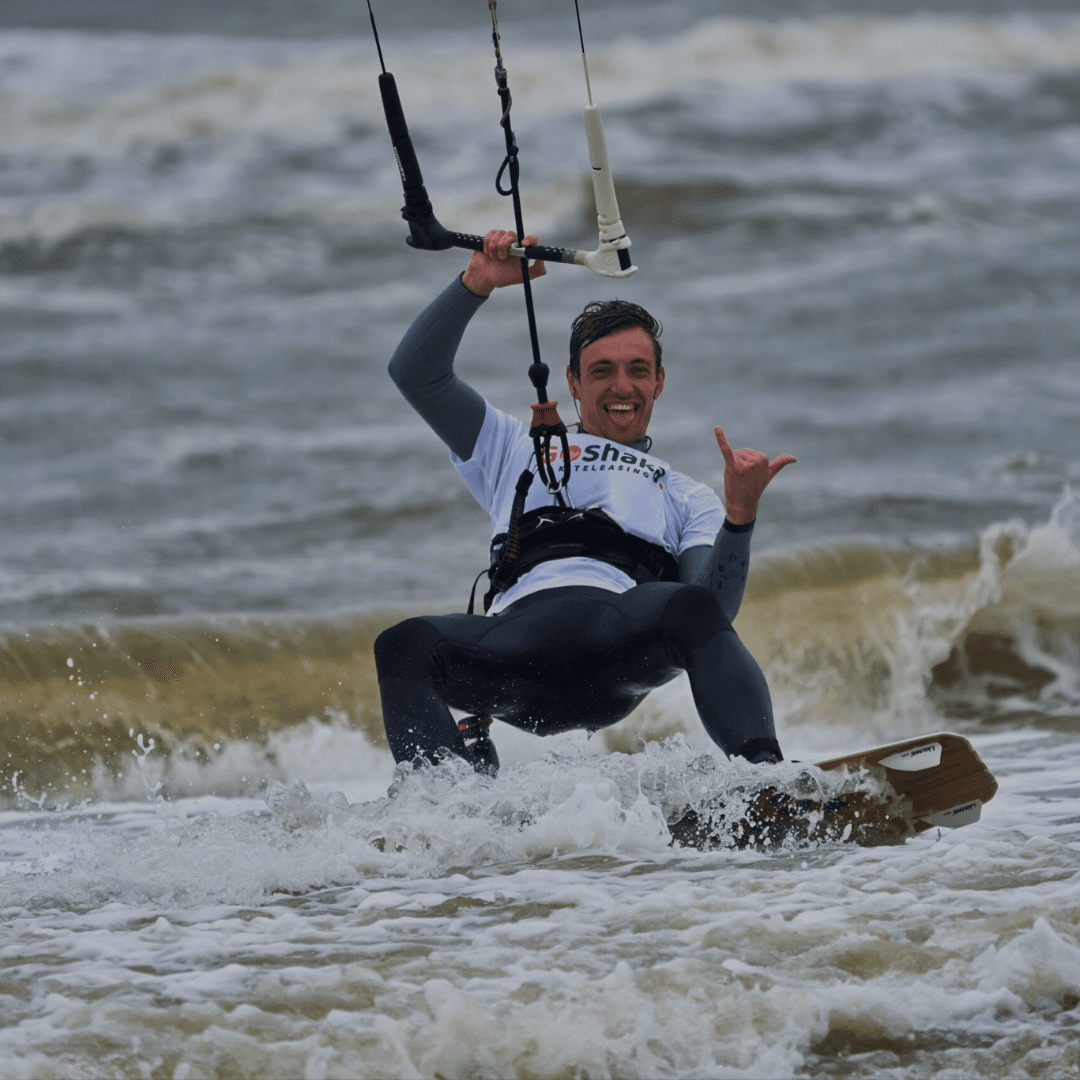An international kitesurfing trip requires careful preparation on several fronts: documents, insurance, health and gear transportation. Good planning prevents problems on site and ensures a worry-free kitesurfing vacation. This guide answers the most frequently asked questions about kitesurfing trip planning.
What do you need to arrange for an international kitesurfing trip?
A complete international kitesurfing trip checklist includes **essential documents**, travel insurance, health preparations and specific kitesurfing-related arrangements. Begin preparations at least 6-8 weeks prior to departure to have all matters settled in time.
Documentation forms the basis of your trip. Check that your passport is still valid for at least 6 months and inquire about any visa requirements for your destination. Some kitesurfing destinations such as Egypt or Brazil require a visa that must be applied for in advance.
Insurance deserves extra attention on kitesurfing trips. Comprehensive travel insurance that covers water sports is essential, as standard policies often exclude extreme sports. Also check coverage for your kitesurfing gear - transportation and theft damage can prove costly.
For health preparations, check your vaccination requirements through the GGD travel advisories. Tropical destinations often require specific vaccinations. Also bring a first-aid kit with extra band-aids and painkillers - minor injuries are common in kitesurfing.
How do you safely transport your kitesurfing gear abroad?
**Safe gear transport** starts with the right board bag and careful packing order. Always use a padded board bag and pack your kites in separate kite bags to avoid damage during transport. Airlines have specific rules for sports equipment that you should check in advance.
The packing order is crucial for protection. Place your board at the bottom of the board bag, wrap it with towels or bubble wrap, and place heavier items such as your bar on top. Kites should be completely dry and compactly rolled up in their own protective bag.
Airline regulations vary by airline. Most airlines charge €50-150 extra for sports baggage, with weight limit of 23-32kg. Some budget airlines do not accept kitesurfing equipment, so always check this when booking. KLM and Lufthansa are generally kitesurf-friendly.
For extra protection, consider renting gear locally. This eliminates transportation risks and saves baggage fees. Many popular kitesurfing destinations have reliable rental centers with modern equipment.
Which kitesurfing spots are best for international travel?
The **best international kitesurfing spots** combine reliable wind conditions, safe conditions and good facilities. Tarifa in Spain, Cabarete in Dominican Republic and Dahab in Egypt are among the most popular destinations for European kitesurfers.
For beginners, spots such as El Gouna (Egypt) and Sal (Cape Verde) are ideal because of stable wind conditions and flat-water lagoons. These destinations offer:
- Constant wind between 15-25 knots
- Flatwater areas for safe practice
- Professional kite schools and rescue services
- Good infrastructure for tourists
Advanced riders often choose more challenging destinations such as Maui (Hawaii) for wave riding or Brasilian spots such as Jericoacoara for freestyle conditions. These spots require more experience because of stronger wind and wave conditions.
Seasonal planning is essential. Cape Verde has optimal conditions from November to May, while Brazil offers the best winds from July to February. Egypt is suitable almost year-round, with the best conditions from March to November.
What are the most important safety tips for kitesurfing in unfamiliar waters?
**Safety in unfamiliar waters** begins with thorough research of local conditions, hazards and emergency procedures. Always talk to local kitesurfers or instructors before going out on the water - they know specific hazards such as reefs, currents or restricted areas.
Assessing local conditions requires more than just looking at the wind. Pay attention to tides, currents and shallow areas. Many tropical spots have coral reefs that can be dangerous at low tide. Download apps such as Windy and Tides for up-to-date information.
Essential safety equipment should never be missing:
- Helmet (especially at wave spots)
- Impact vest for extra buoyancy
- Reef booties at coral reefs
- Waterproof emergency phone case
- Backup safety system on your kite
Respect local rules and culture. Some areas have specific kitesurfing zones or times when kitesurfing is not allowed. In Islamic countries, appropriate clothing is important, including on the beach. Inquire about local customs to avoid conflicts.
How do you plan your budget for a kitesurfing trip abroad?
A **kitesurfing trip budget** consists of transportation, accommodation, gear costs, local expenses and contingencies. Allow on average €1500-3000 for a week kitesurfing trip, depending on destination and comfort level. Early booking and flexible dates can save significantly.
Transportation costs vary widely by destination. Airfare to Egypt costs €300-600, while Cape Verde costs €400-800. Add €100-200 for sports luggage or consider local gear rentals to avoid these costs.
Accommodation options range from budget hostels (€20-40/night) to luxury resorts (€150-400/night). Many kitesurfers choose kite camps that combine accommodation, gear and lessons for €800-1500 per week.
Gear costs can be saved significantly by smart planning. Instead of expensive purchase and transportation, a flexible subscription access to premium gear at a predictable monthly cost. For vacations, you can build your set and rent a boardbag for only €15 per week.
Budget tips for cost-effective travel: book early for better prices, travel in shoulder season for lower costs, choose destinations with favorable exchange rates, and consider group travel for shared costs. Have questions about gear planning for your trip? Visit Get in touch with us for personal advice on the best equipment for your destination.




























